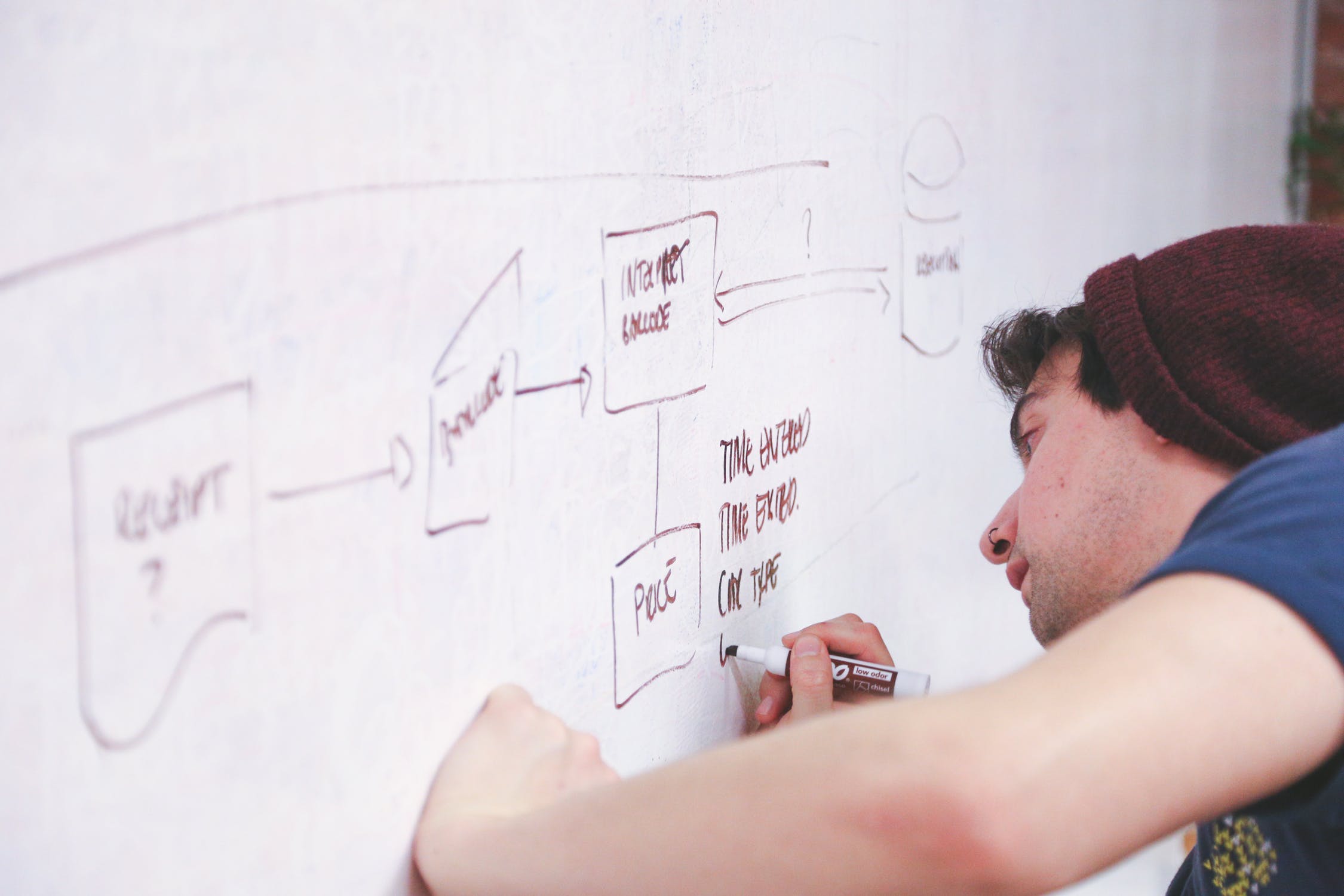Ok - so you’re an avid gamer and considered developing your own game but have no idea where to start? You are not alone. The prospect of designing a game can be exciting yet extremely daunting if you’ve never done anything like it before. So, how hard can it possibly be? Well, if you’re dedicated and utilise helpful game development tools along the way – it’s definitely achievable. Here’s a look into how a novice designer would go about developing a game, including the trials and tribulations they may face along the way.
Estimating How Long the Project Will Take
Before you begin the development process, you’ll need to calculate just how much time you think it will take you. This will give you a clear goal of what you want to achieve, and also give a deadline to a project with endless possibilities. Draft a rough timescale with milestones along the way and be strict with keeping to the schedule. If you come up with new features during the end of the development process, ask yourself if it’s worth it. You may set back your game release date by months if you keep going back and adding in various features. Ask a professional or a friend to assess how good your ideas are, and whether they think it would be worthwhile adding them into the game.
The Design Process
Every good game needs a story or objective, if you have an idea but don’t know where to take it, then brainstorm ideas to create something that’s never been done before. Consider:
- What’s going to make your game unique?
- What does the player do?
- What’s the purpose of the game?
- How do you want the user to feel after playing the game?
If you’re a beginner when it comes to coding, then it’s best to learn before you start the artwork stage of the project, as you don’t want to create something amazing that you may then ruin when it comes to coding it in! Useful game app developer kits can take you through the coding process for even the most novice designer.

Execution Challenges
The game development process can be gruelling and tiresome, particularly if it’s one spanning several months. The moment you begin to get bored or lazy, it will reflect on your final product. Take regular breaks during the development stage to recharge and refresh. You may also find that new ideas come to you by stepping back and re-entering the design phase.
Bug testing is an important final step to fine tune the game. One of the easiest ways to find out where the bugs are is to ask your friends to play the game. They will be playing from a completely fresh perspective, so will easily spot something that needs to be corrected. In addition, test your game on all platforms. If you’re considering Android and IOS app development, then you need to be sure it’s compatible with both first and foremost. Test it on every different display, including usability on a tablet verses phone.

The Future of Game Development
Developing a game now is easier than ever, and you no longer need to be a professional in order to give it a go. If you’re ever in any doubt at any point during the design process; then Google is an invaluable resource for solving any queries or concerns you may have! As long as you set out a realistic plan and utilise all the available tools on offer that are there to help you, there’s no reason you can’t develop your own amazing app game.
Paul Matthews is a Manchester-based business writer who writes in order to better inform business owners on how to run a successful business. You can usually find him at the local library or browsing Forbes' latest pieces.

